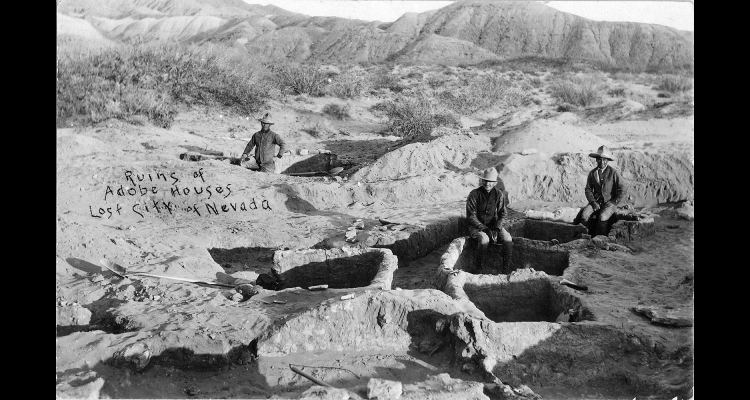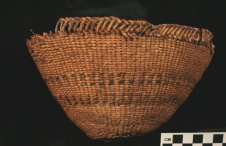Lost City Archaeology
The first prehistoric Pueblo (Anasazi) ruins discovered in Nevada were at Lost City in Southern Nevada, near the now-submerged town of St. Thomas. Small homesteads were scattered along the northeast edge of the Moapa Valley for about six miles, starting near Logandale and extending southeast into what is now the Overton Arm of Lake Mead.
Lost City, also known as Pueblo Grande de Nevada, was not a city, for it lacked characteristics of urbanism such as markets and administrative buildings. Nevertheless, it is comprised of the highest concentration of prehistoric Pueblo sites in Nevada.
Mark Raymond Harrington excavated an important part of Lost City in 1924, 1925, and 1926. As many as fifty to one hundred people lived there in about 1000 to 1050 A.D. Harrington found forty-five homesteads, most of which included "living rooms" with hearths, associated with a line or curve of smaller store rooms. One or two families lived at each. The structures were built of mud and sandstone, with clay floors. None were more than one story high. Today, the area of Harrington's excavations is known as Main Ridge.
People at Main Ridge grew corn, squash, cotton, and beans on the floodplain of the Muddy River. They collected other foods, including mesquite pods and amaranth seed. Most of their meat came from rabbits and desert tortoises.
At least forty-five people were buried at Main Ridge. Most of them had pottery bowls, jars, or canteens with them, serving as containers for water or food such as corn, squash, amaranth seeds, and mesquite beans. Some also had baskets, cotton cloth wrappings, or turquoise or shell beads.
The Main Ridge discoveries created great public interest, and when excavations were completed in 1926, a pageant was held at the site. An outdoor stage framed by a newly-built curved homestead saw Native American dances and other events. Visitors could walk among the foundations of the homesteads.



